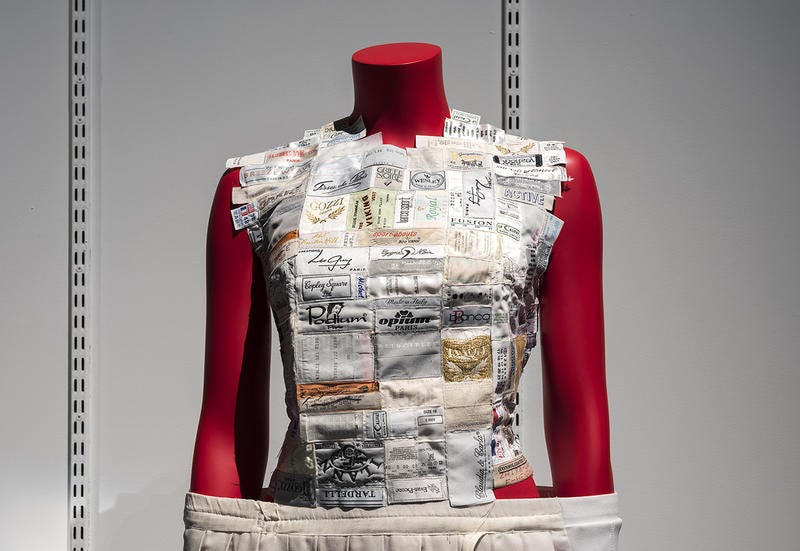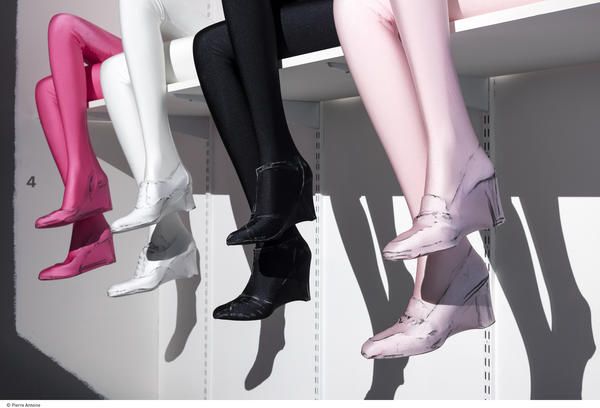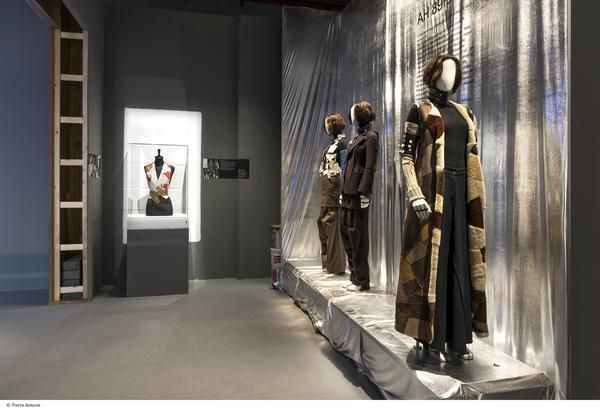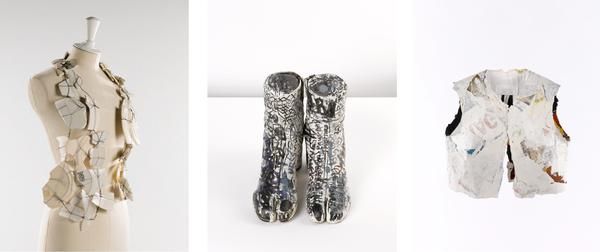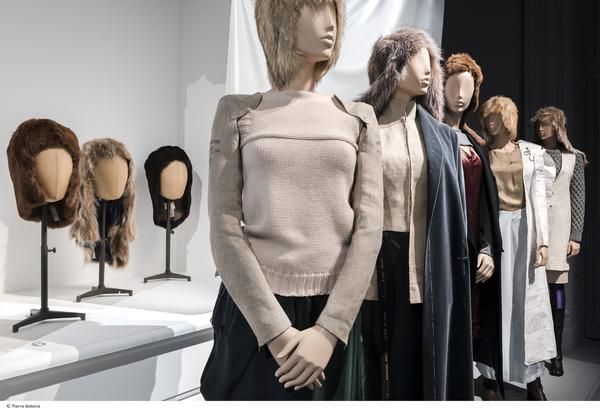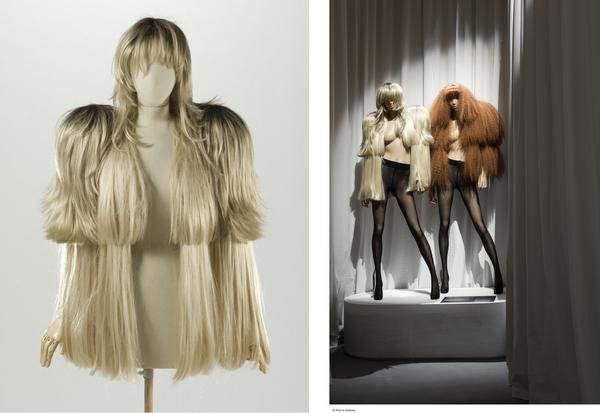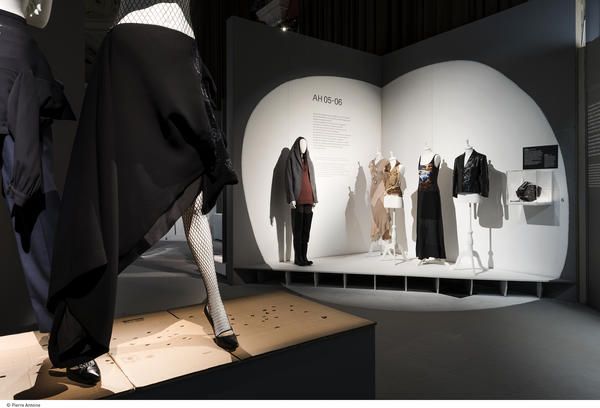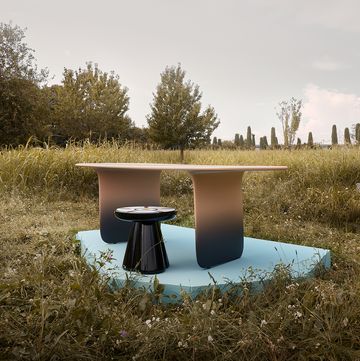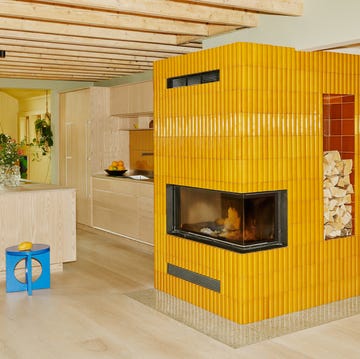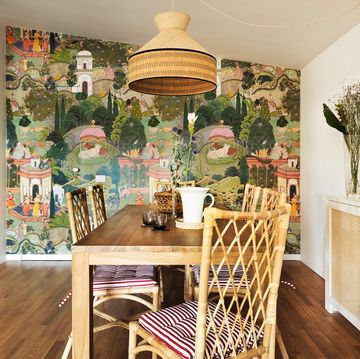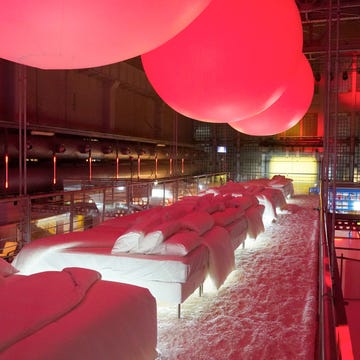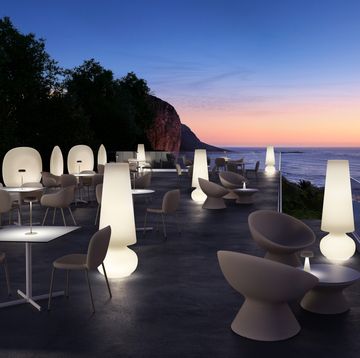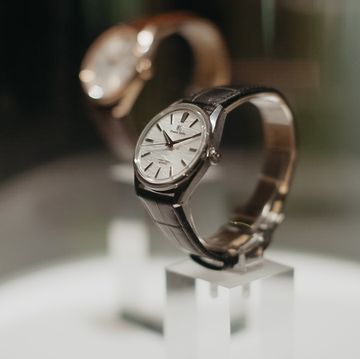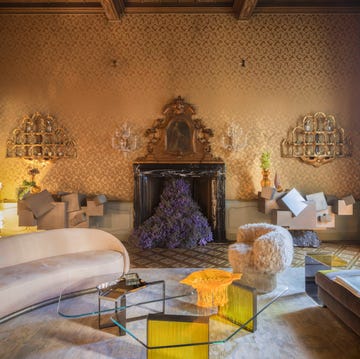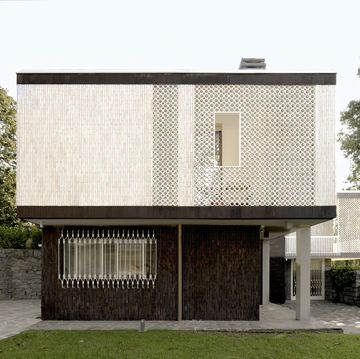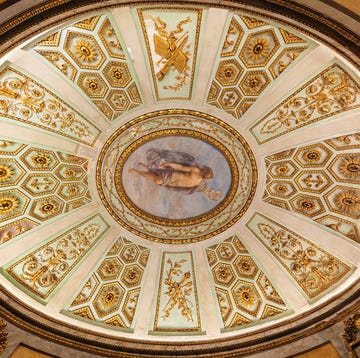The retrospective expo Marginal / Galliera is being currently held in Paris as a well-deserved tribute to Belgian fashion designer Martin Margiela.
The exhibition path unravels all the way from spring-summer 1989 – marking the maison’s very foundation – to spring-summer 2009, the time when Margiela left the creative direction of his namesake brand.
Presented in chronological order, the mise en scene was curated by Margiela himself, who turned to the codes and means of set designing to shape an open space environment giving a deep insight on the brand’s avant-garde perspective on the fashion world.
An actual ambassador for deconstruction, Margiela has shaken up the fashion industry of the time by staging Maison Martin Margiela’s fashion shows in unexpected, seemingly far from suitable venues; also, garments gradually became an cutting-edge manifesto of Margiela’s futuristic, avant-garde take on aesthetics.
The exhibition setting – featuring a bunch of preexisting features restored from the previous, now dismantled expo Fortuny, A Spanish in Venice – aims at allowing visitors to wander across an intimate environment with no gap between the displayed items and the audience itself.
Some elements of the formal vocabulary of the clothes have been transposed to the space: visible structures and assemblages, accumulation, recycling, installations, lighting effects, standard or recycled materials and objects, and over-dyeing. From Margiela’s first fashion show, he had his models wear split-toed tabi boots while their faces were often covered with a chiffon veil, which focused the public’s attention on their outfits. Historical replicas of eighteenth century men’s ruffles were featured alongside trompe l’œil ethnic tattoos printed on a T-shirt. His mastery of tailoring techniques was expressed in a narrow-shouldered silhouette, later called the “Margiela shoulder”, which he repeated over and over again in each collection. It was in direct contrast to the broad-shouldered look of the 1980s. He revealed the interior of a garment, worked on the way it is worn and started his research into the oversized look – see the coats “Duvet” and “Parrucca” – which materialized in 2000.
There are a number of installations in the exhibition, named the “Fan’s bedrooms”. They were inspired by the work of Japanese photographer Kyoichi Tsuzuki. They are snapshots of the period, time triggers – reconstructions of the relevant period on a very intimate scale, i.e., someone’s home, their actual experience.
